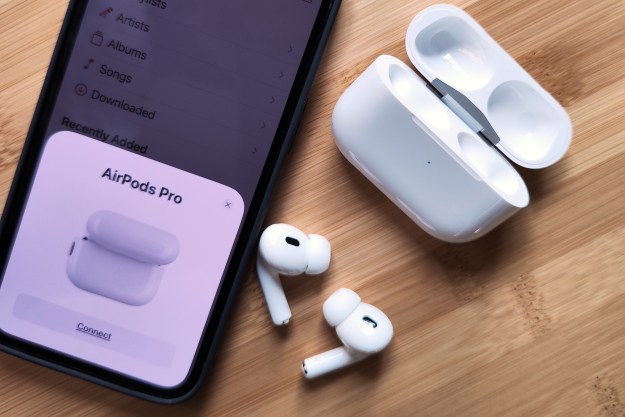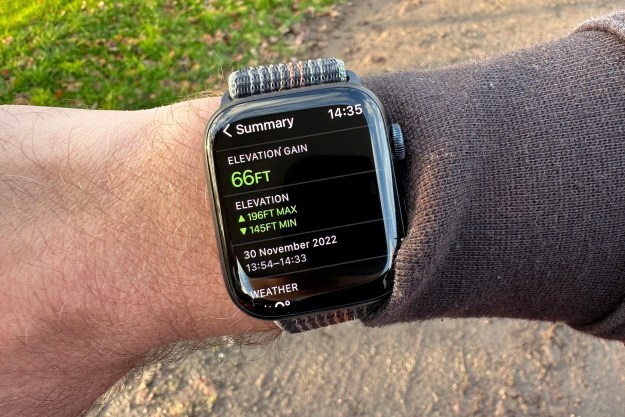
Patent tracking site Patently Apple, which is dedicated to — you guessed it — following and reporting on Apple’s patent applications, noted on Tuesday that the Cupertino, CA-based company had been granted 43 new patents, including patents related to iPhone 6 design, graphics rendering, and even systems related to golf scoring.
While many of the patent listings are vague, one in particular stands out: United States Patent 9,699,546, covering “earbuds with biometric sensing.” In a field saturated with great wearable earbuds — like Bragi’s Dash, Samsung’s Gear IconX, Jabra’s Elite Sport, and many more — it’s surprising that Apple hasn’t yet made many big moves. The issuance of this patent could signify that the AirPods (which feature Siri compatibility, beamforming microphones, and motion sensors, among other things) are bound for a smarter future.

Earphones like the Elite Sport use biometric scanners — located near the part of the monitor that touches your tragus — to track things like heart rate. According to Pocket Lint, Patently Apple also uncovered plans to outfit wireless earbuds with EKG sensors and impedance cardiography sensors (devices that measure electrical currents and conductivity), lending credence to the theory that Apple might have more fitness features in mind for the AirPods.
Wireless earbuds have grown in popularity of late, likely because they effectively reduce the number of gadgets necessary for engaging in “smart” exercise routines. Where once you needed a FitBit on your wrist, a phone in your pocket, and a pair of wired earphones hanging past your torso, knowledgeable gym-goers can simply carry a pair of tiny, wire-free earbuds without sacrificing functionality.
Among the litany of patents published on July 4th, Apple filed patents related to the HomePod speaker — specifically, spatial awareness technology to let the speaker adjust to its location within a room — and even to the technically-still-a-rumor-but-basically-guaranteed iPhone 8. Meanwhile, the company’s recent deal with Samsung means that, come 2018, top tier iPhone models will be equipped with high-contrast OLED displays.
Editors' Recommendations
- Apple’s new iPad Pro and iPad Air just got delayed
- This AirTag competitor just did something Apple never will
- Everything Apple didn’t announce at its iPhone 15 event
- This accessory turned my AirPods into a giant mech head
- This isn’t an AirPod — it’s a wearable unlike any I’ve seen before


